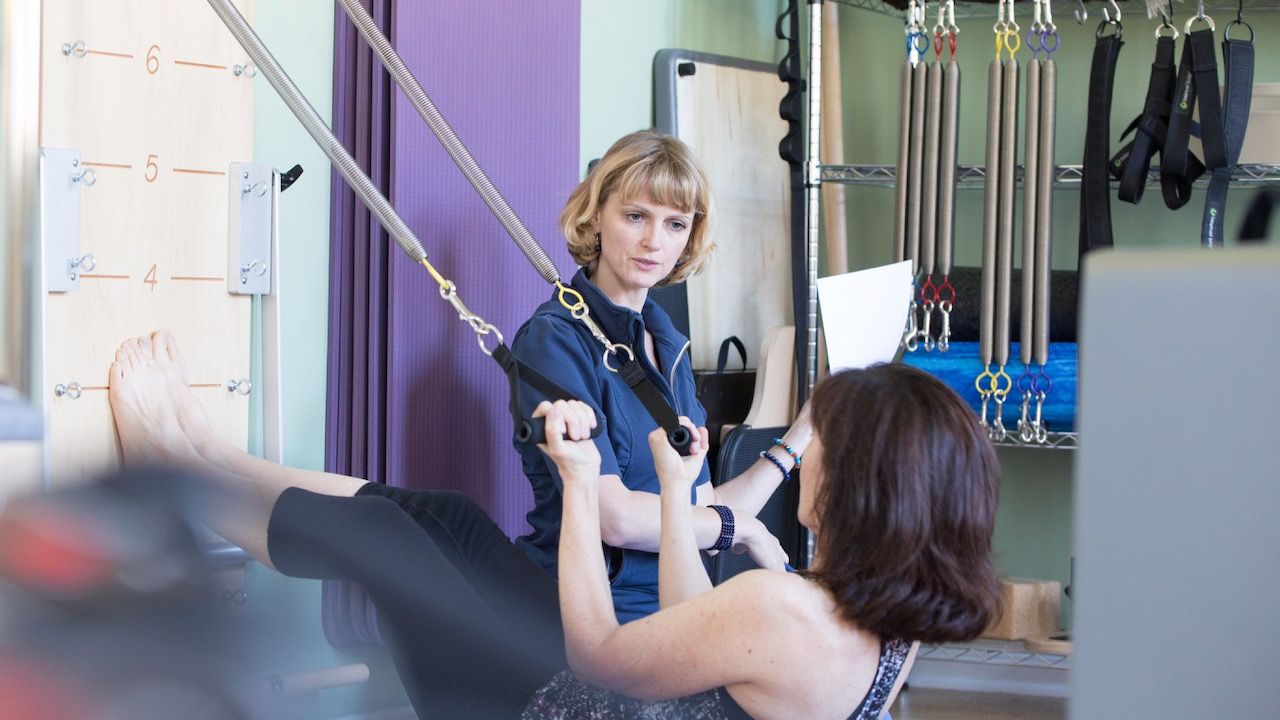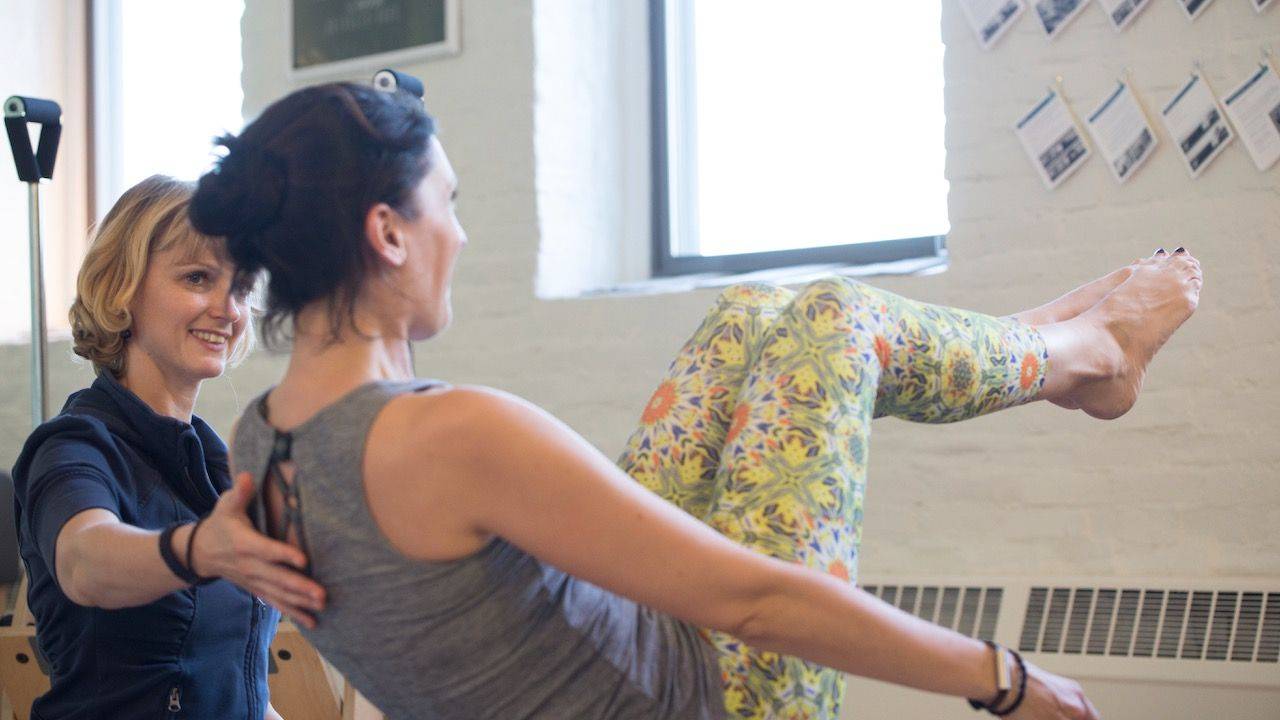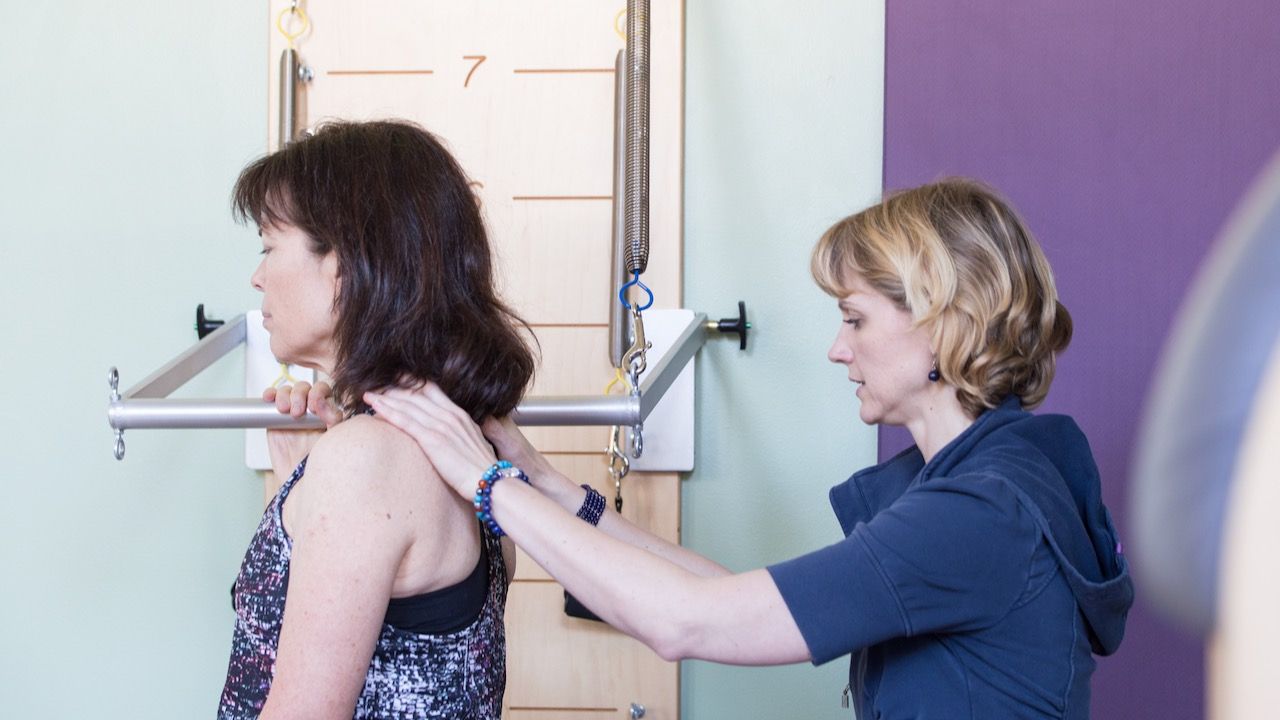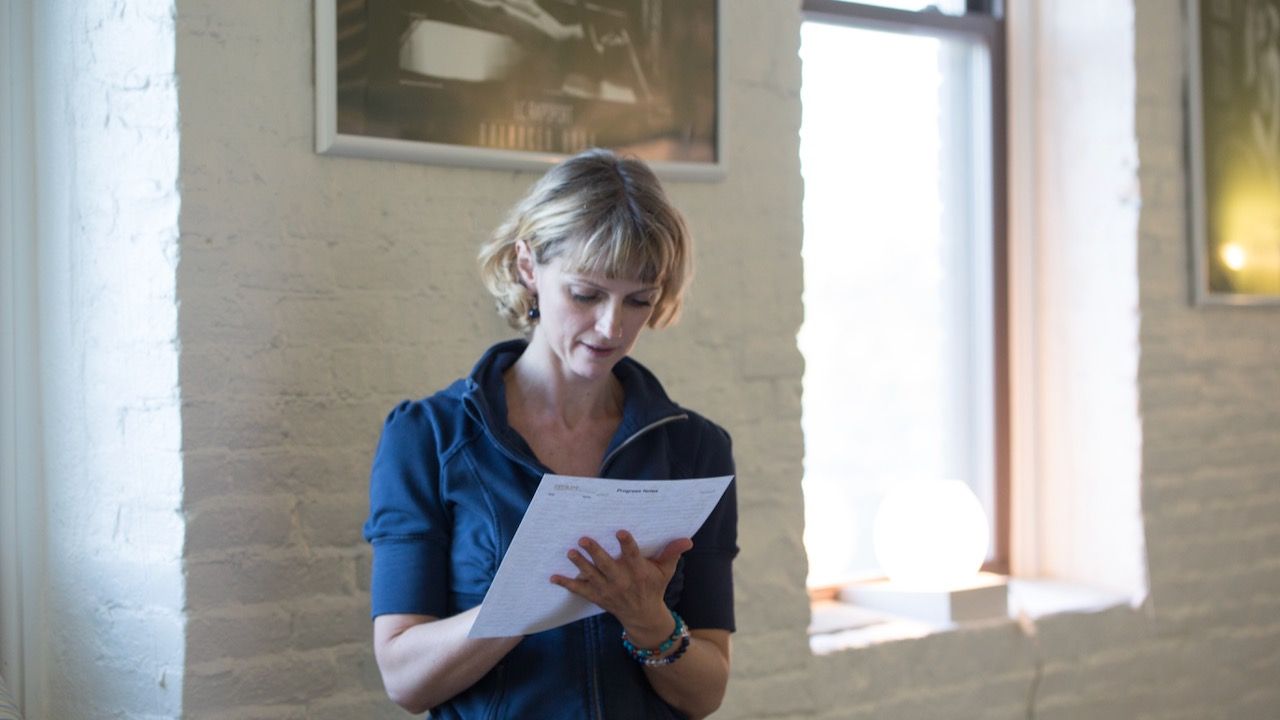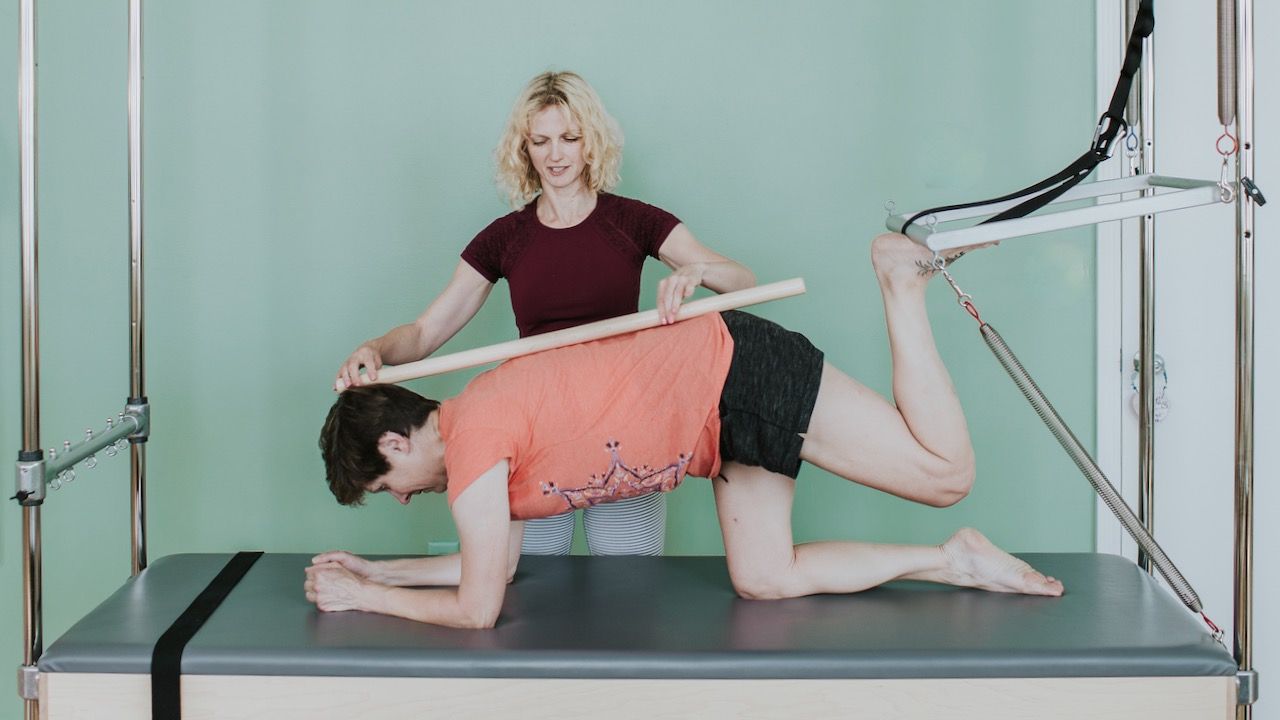
Is Pilates Safe for Osteoporosis?
Mar 05, 2016Let me start with a personal story. My mother had been diagnosed with osteoporosis a few years ago. She found out when her doctor detected a fracture in her sacrum.
Now you might think, “Oh that must hurt.” Well - not so much, actually. Many fractures, especially in the spine, are compound fractures. This means the vertebrae sort of collapse due to their brittleness. Often this doesn’t create pain at all. You might not even know that you have a broken vertebra - my mother sure didn’t until they saw it on an X-ray.
The big problem with osteoporosis or its precursor, osteopenia is that we can’t feel our bones. We feel our muscles, when they are strong or weak, but not so much our bones.
The bad news is, if these compound fractures keep happening, then you could end up with a severely rounded upper back and shoulder girdle. You won’t be able to stand tall with good posture anymore. Compound fractures can’t be screwed together, like you would fix a broken thigh or shin bone. Your vertebra is a small, round-like structure that just falls apart in many small pieces.
The good news is we can actively do something to strengthen our bones. Aside from increasing our intake of Vitamin D and Calcium, we can exercise!
When I Skyped with my mother recently, she told me very proudly, that she joined a gym and now exercises at least 3 times per week, sometimes more. She said she does Pilates too!
(Gasp!) Trying to hide my frustration. How can I tell my mother that what she thinks is great for her, and probably took plenty of discipline and commitment to get started, might not be helping? It might actually hurt her. How do I tell her that Pilates - which is supposed to be good for you, might harm her? Not to mention, saying it in a way without dampening her excitement?
So this is what I told her:
“Mom, it’s so great that you are exercising. I’m really glad you’re more active. But listen, there are some exercises that you shouldn’t be doing in your Pilates class.”
These exercises are:
- Anything where you’re lying on your back, and are lifting the head (Chest Lift, Single Leg Stretch)
- Most abdominal exercises (The Hundred, Double Leg Stretch)
- Anything where you’re rolling up and down from a seated to a supine position (Rolling Like a Ball, Open Leg Rocker, Teaser, The Roll Up)
Go easy on exercises that move your spine into rotation and side bend. It’s not that you have to leave them out completely, but don’t push it. Go only as far as absolutely comfortable, not as far as you think you can. You will still get the benefits from smaller movements - it’s Pilates after all. It’s how we do things, right?!
If you have done any Pilates mat classes, then you probably noticed that there isn’t much left, in terms of exercises.
Now, before you draw the conclusion that Pilates is not good for you - if you have osteoporosis - let me explain your options:
- Take a specific (mat or equipment) class that’s targeted to people with osteoporosis. In this class, the teacher will choose only exercises that are appropriate for you. The Pilates equipment is especially great, due to its option for the additional challenge with the springs.
Exercises that you should be doing plenty of are:
- Weight-bearing exercises of legs and arms (balancing on one leg, planks from all direction, front side and back)
- Back strengthening exercises (Swan, Swimming)
Take a Buff Bones class. This training format was created by Rebekah Rotstein specifically for people with osteoporosis. It pushes the border of Pilates a bit - meaning it includes exercises that are taken from other forms of exercise. It uses extra hand weights to strengthen the upper body and it has a strong focus on improving balance to prevent falls, which gets more and more important as we get older.
PLEASE tell your instructor if you have (recently) been diagnosed with osteoporosis or even osteopenia. Even though osteopenia is not quite as progressed as osteoporosis, you still should avoid certain exercises.
Lastly, if you really understand what you can and can’t do, then talk to your instructor before class, tell them that you have osteoporosis and that you know how to modify the exercises. This is helpful for your teacher to know, so she doesn’t correct you into a variation that would be harmful.
I KNOW that it doesn’t feel like it should be a problem. I know that you think it doesn’t hurt, so why is it bad for you?
Let me re-iterate - because I don’t want you to underestimate the significance of what I’m saying: You don’t want to risk breaking a vertebra! It’s not worth it.
Related: Pilates Exercises for Low Bone Density
Please be sure to download my list of Osteoporosis-Safe Pilates Exercises here!
Inside the Pilates Encyclopedia membership, we have a whole chapter called “Pilates Protocols” in which we list appropriate exercises for injuries and pathologies.
Life is better with balance,

Get further information at the National Osteoporosis Foundation.
Get support with your day-to-day teaching challenges
Ready to Teach Pilates with Clarity and Confidence?
Sign up to receive my weekly email newsletter. It's jam-packed with Pilates articles, videos, exercise tutorials and teaching tips.
Only super valuable stuff here. No spam ever. Unsubscribe any time.








